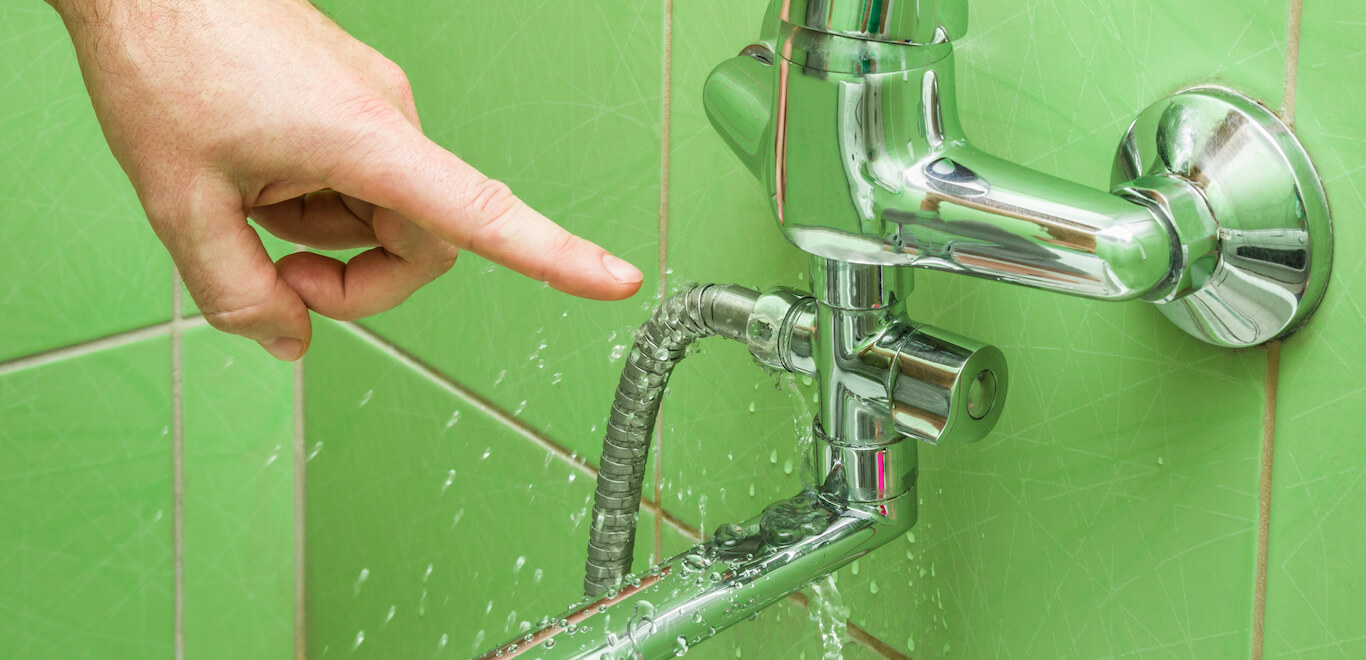Solving Plumbing Problems in Rental Properties: Advice for Landlords
Solving Plumbing Problems in Rental Properties: Advice for Landlords
Blog Article
The article down the page about 10 Common Rental Property Repairs is exceedingly enjoyable. Give it a go and draw your own personal conclusions.

Handling plumbing problems in rental residential or commercial properties successfully is important for preserving occupant complete satisfaction and maintaining the property's value. Whether you're a landlord or a residential or commercial property supervisor, recognizing just how to attend to these usual issues can conserve you time and money while making certain conformity with lawful obligations. Right here's a step-by-step guide on how to deal with plumbing problems in rental residential or commercial properties.
Establish Clear Interaction
Motivate tenants to report any type of plumbing problems as quickly as they happen. Supply numerous communication channels such as phone, e-mail, or a lessee website to make it simple for them to reach out. Trigger reactions to these reports can stop minor issues from intensifying into major problems.
Educate Tenants
Educate your tenants about what constitutes a pipes emergency and what does not. Offer guidelines on how to handle small concerns themselves, such as making use of a bettor to unclog a toilet. Also, inform them concerning what they need to stay clear of taking down drains pipes to avoid blockages, such as oil, coffee premises, and non-biodegradable products.
Routine Maintenance
Execute a routine upkeep timetable for all pipes systems in your leasing buildings. Routine checks can assist identify and deal with issues like leakages, sluggish drains, or corroded pipes before they come to be significant. Take into consideration working with an expert plumbing technician to check the homes yearly or semi-annually.
Quick Response to Emergency Situations
Have a strategy in place for replying to plumbing emergencies. This need to include having the call information of trusted plumbing solutions that use 24/7 emergency fixings. Quick action is vital to reduce damages in circumstances like burst pipelines or serious leakages.
File Every little thing
Keep detailed documents of all reported pipes issues and the activities taken to resolve them. Documents must include days, descriptions of the trouble, communication with lessees, and receipts from contractors or plumbing professionals. This information can be critical for insurance coverage cases, tax reductions, and lawful protection.
Usage Qualified Professionals
Constantly use qualified and insured professionals for considerable pipes repair services and installations. This guarantees that the job is up to code and can assist stay clear of liability problems in case of crashes or further damage. It also assures lessees that repairs are being managed properly.
Understand Legal Responsibilities
Understand your legal responsibilities relating to pipes and general residential property maintenance. Many jurisdictions need proprietors to guarantee their residential or commercial properties are habitable which all pipes systems are in good working order. Failure to deal with severe concerns without delay can bring about legal actions from tenants.
Tenant Reimbursements
If a plumbing issue requires immediate interest and the renter fixes the problem by themselves, have a clear plan in position for compensating prices. Make certain lessees recognize they need to get previous authorization for higher-cost fixings unless it's an outright emergency situation.
Preventive Upgrades
Think about upgrading older plumbing systems and fixtures to more modern, reliable versions. This can minimize the regularity and extent of pipes problems and lower long-term maintenance costs. It's additionally a marketing factor for prospective renters who value upgrades and modern-day attributes.
Occupant Move-Out Inspections
Conduct complete plumbing checks throughout move-out assessments to make sure that any type of issues are recognized and attended to before a new lessee moves in. This prevents disagreements with brand-new renters over pre-existing conditions and makes certain the building remains in top problem.
Final thought
Handling pipes issues in rental residential properties needs a proactive method and excellent interaction with occupants. By staying on top of upkeep, responding promptly to emergency situations, and using professional experts, property owners can maintain their buildings in superb problem and maintain excellent relationships with lessees.
How to Handle Water Damage in a Rental Property
What is Water Damage?
Water damage is harm or destruction caused by water entering areas where it is not supposed to be. It can be caused by a variety of sources and can manifest in different ways. The most common examples of water damage include:
Leaking roof Plumbing leaks Appliance malfunctions Poor drainage Flooding Sewage backup Condensation Tenant negligence HVAC system issues Frozen pipes Is water damage dangerous?
Water damage itself is not inherently dangerous, but it can lead to various hazards and health risks if not promptly and properly addressed. The severity of these risks depends on the extent of the water damage, the source of the water, and how quickly it is mitigated.
Some potential dangers associated with water damage include structural damage, mold and bacterial growth, electrical hazards, water contamination, and pest infestations. In situations where mold and mildew have gone unaddressed, mold can start to develop within 24-48 hours of water exposure, and this can impose a serious health risk to tenants. In particular, mold spores and damp conditions can lead to respiratory issues and even make existing health problems worse, such as allergies, asthma, or immune disorders.
Water Damage in an Apartment - Who is Responsible?
If the water damage is caused by the tenant’s negligence, the tenant is responsible for the cost of repairs. If the water damage is caused by a defect in the property, the landlord is responsible for the cost of repairs. If the water damage is a result of natural causes, such as excessive rain, then the landlord is responsible, since the water intrusion likely occurred due to a defect in the property. Landlord Responsibility water damage in rental property
Since maintaining habitability is the landlord’s legal responsibility, landlords are responsible for any resulting structural damage caused by water damage. These structural damages may include damage to walls, roofs, ceilings, and flooring. If water damage has affected the rental property’s original structure, the landlord is responsible for repairing or replacing those materials. Therefore, landlords should have property insurance that covers the structural components of their rental property so that they can receive help with the costs of covered events.
Preventative measures can also help landlords avoid massive renovations. Preventative maintenance may include conducting regular inspections to identify and address potential water damage before it becomes a major and urgent problem.
If a landlord fails to meet their responsibilities regarding water damage, it can lead to legal disputes and potential liability. Tenants who believe their landlord is not addressing water damage issues in accordance with California law can seek legal advice or contact local housing authorities for assistance.
https://www.goodlifemgmt.com/blog/water-damage-in-a-rental-property/

I stumbled upon that piece about 10 Common Rental Property Repairs while surfing the web. Be sure to take a moment to share this blog entry if you liked it. Thanks for your time spent reading it.
Report this page